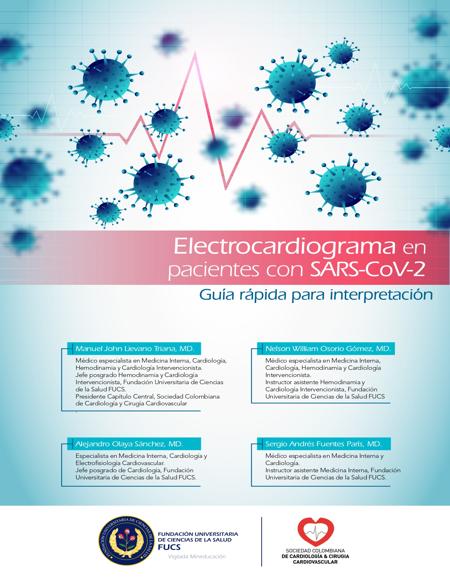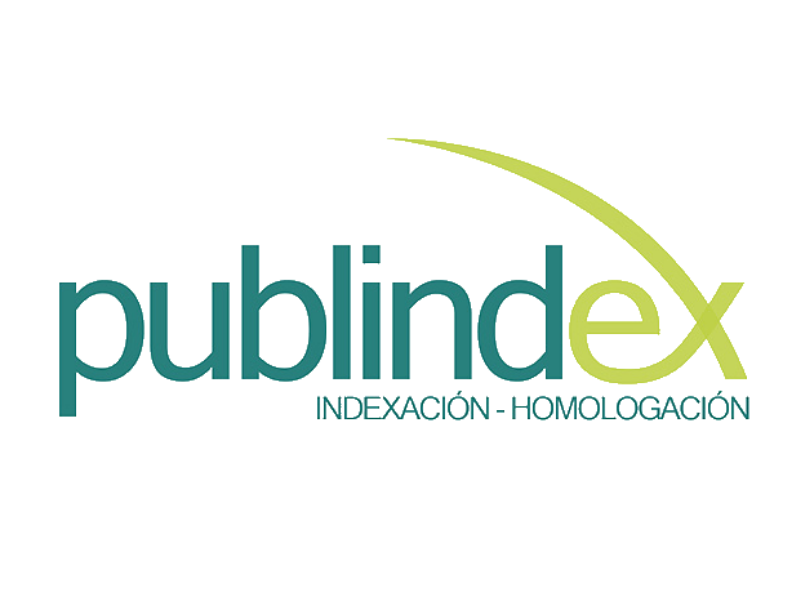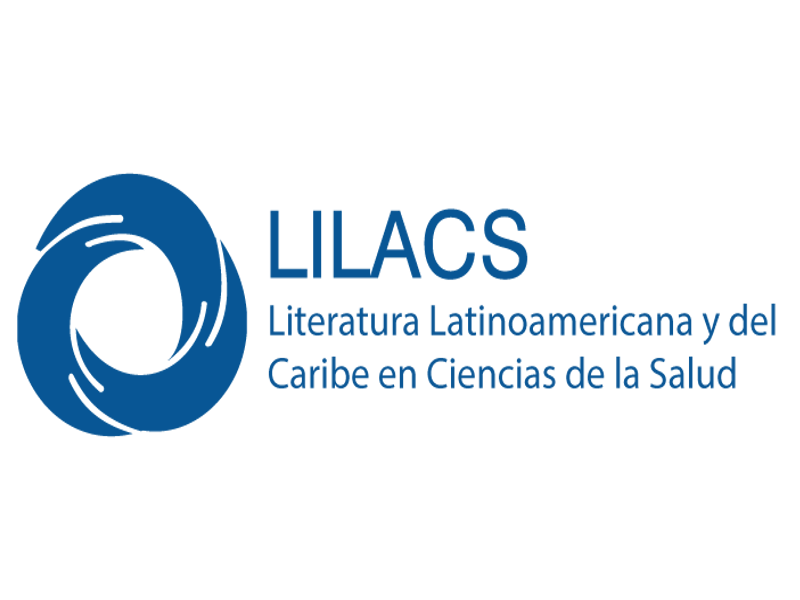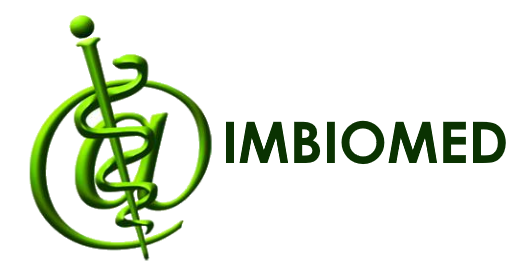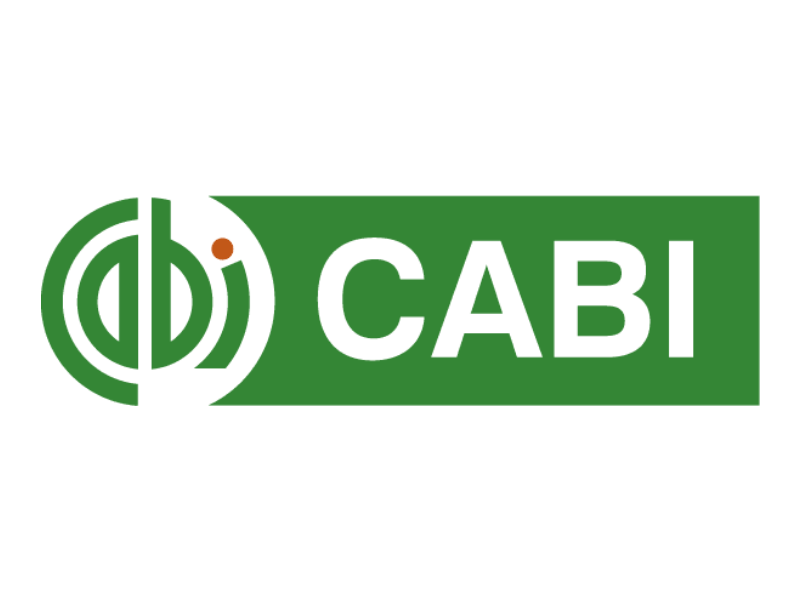Rate of positivity of Covid-19 testing in Colombia
Positividad y proporción para muestras por COVID-19 en Colombia
![]()
![]()
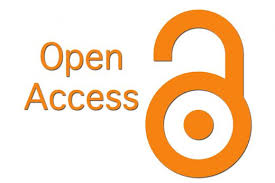
Show authors biography
Introduction: since the outbreak of severe acute respiratory syndrome coronavirus 2 (SARS-CoV-2) in Wuhan, China, on December 2019, the coronavirus 2019 (COVID-19) disease has been spreading worldwide. This disease is caused by a novel coronavirus, the severe acute respiratory syndrome coronavirus 2. Objective: to describe the positive rate of SARS-CoV-2 testing. Methodology: this research focused in PCR processing for COVID-19, using the information collected by the National Institute of Health, over the period between March 6 and October 31 2020. Results: we evidenced that the day in which the greatest number of samples were taken was 24-07-2020, with 41.550, followed by 40.034 samples taken on 23-07-2020, and 39.228 on 22-07-2020. The highest number of tests returning a positive result was reported on 21-07-2020 with 12.160, followed by 11.983 on 23-07-2020, and 11.879 on 29-07-2020. Likewise, the highest positive rate of 0.33 was evidenced on 19-07-2020, followed by 0.32 on 09-08-2020 and 0.31 on 30-08-2020. Conclusion: we must continue on the active search to identify infected people through conducting more PCR, and viral and molecular antigen tests, the latter offering a high level of accuracy, at the healthcare facilities (EPSs), which accelerate timely reporting to people.
Article visits 2071 | PDF visits 909
Downloads
- Rubín, R. The Challenges of Expanding Rapid Tests to Curb COVID-19. JAMA. 2020;324(18):1813-1815. doi: 10.1001/jama.2020.21106 DOI: https://doi.org/10.1001/jama.2020.21106
- Center for Disease Control and Prevention. Interim Guidelines for Collecting, Handling, and Testing Clinical Specimens for COVID-19 (COVID-19) [Internet]. 2020 [Citado novirmbre] Recuperado de: https://www.cdc.gov/coronavirus/2019-ncov/lab/guidelines-clinical-specimens.html
- West CP, Montori VM, Sampathkumar P. COVID-19 Testing: The Threat of False-Negative Results. 2020;95(6):1127-1129. doi: 10.1016/j.mayocp.2020.04.004 DOI: https://doi.org/10.1016/j.mayocp.2020.04.004
- Yelin I, Aharony N, Shaer Tamar E, Argoetti A, et al. Evaluation of COVID-19 RT-qPCR test in multi-sample pools. Clin Infect Dis. 2020;ciaa531. doi: 10.1093/cid/ciaa531 DOI: https://doi.org/10.1101/2020.03.26.20039438
- Organización Mundial de la Salud. Enfermedad por coronavirus (COVID-19): informe de situación 110 [Internet]. 2020 [citado noviembre 9]; Recuperado en: https://www.who.int/docs/default-source/coronaviruse/situation-reports/20200509covid-19- sitrep-110.pdf? sfvrsn = 3b92992c_4
- Joost, W. Hallie, P. What Is COVID-19?. JAMA. 2020;324(8):816. doi: 10.1001/jama.2020.12984 doi: 10.1001 / jama.2020.12984. DOI: https://doi.org/10.1001/jama.2020.12984
- Wiersinga WJ, Rhodes A, Cheng AC, et al. Pathophysiology, Transmission, Diagnosis, and Treatment of Coronavirus Disease 2019 (COVID-19): A Review. JAMA. 2020;324(8):782-793. doi: 10.1001/jama.2020.12839 DOI: https://doi.org/10.1001/jama.2020.12839
- Huynh PP, Ishii LE, Ishii M. What Is Anosmia?. JAMA. 2020;324(2):206. doi: 10.1001/jama.2020.109669. DOI: https://doi.org/10.1001/jama.2020.10966
- Ahmed H, Patel K, Greenwood D, et al. Long-term clinical outcomes in survivors of coronavirus outbreaks after hospitalisation or icu admission: a systematic review and meta-analysis of follow-up studies. medRxiv. 2020. doi: 10.1101 / 2020.04.16.20067975 DOI: https://doi.org/10.1101/2020.04.16.20067975
- Organización Panamericana de la Salud. COVID-19 y comorbilidades – AMÉRICAS: Herramienta práctica para estimar la población con mayor riesgo y riesgo alto de enfermedad grave por COVID-19 debido a condiciones de salud subyacentes en las Américas [Internet]. 2020 [citado noviembre 9]; Disponible en: https://www.paho.org/es/documentos/covid-19-comorbilidades-americas-antecedentes
- Bilinski A, Mostashari F, Salomon JA. Modeling Contact Tracing Strategies for COVID-19 in the Context of Relaxed Physical Distancing Measures. JAMA Netw Open. 2020;3(8):e2019217. doi: 10.1001/jamanetworkopen.2020.19217 DOI: https://doi.org/10.1001/jamanetworkopen.2020.19217
- Díaz-Pinzón, J.E. Simulador Applet Descartes: como didáctica de enseñanza de la función cuadrática. INNOVA Research Jornal. 2017;2(8):69-78. doi: 10.33890/innova.v2.n8.2017.256 DOI: https://doi.org/10.33890/innova.v2.n8.2017.256
- Instituto Nacional de Salud. Coronavirus (COVID-2019) en Colombia [Internet]. Bogotá: Instituto Nacional de Salud; 2020 [citado 2020 octubre 28]. Recuperado de: https://www.ins.gov.co/Noticias/Paginas/Coronavirus.aspx.
- Díaz-Pinzón JE. Precisión del pronóstico de la propagación del COVID-19 en Colombia. Repert Med Cir. 2020;29(Núm. Supl.1):27-33. doi: 10.31260/RepertMedCir.01217372.1045 DOI: https://doi.org/10.31260/RepertMedCir.01217372.1045
